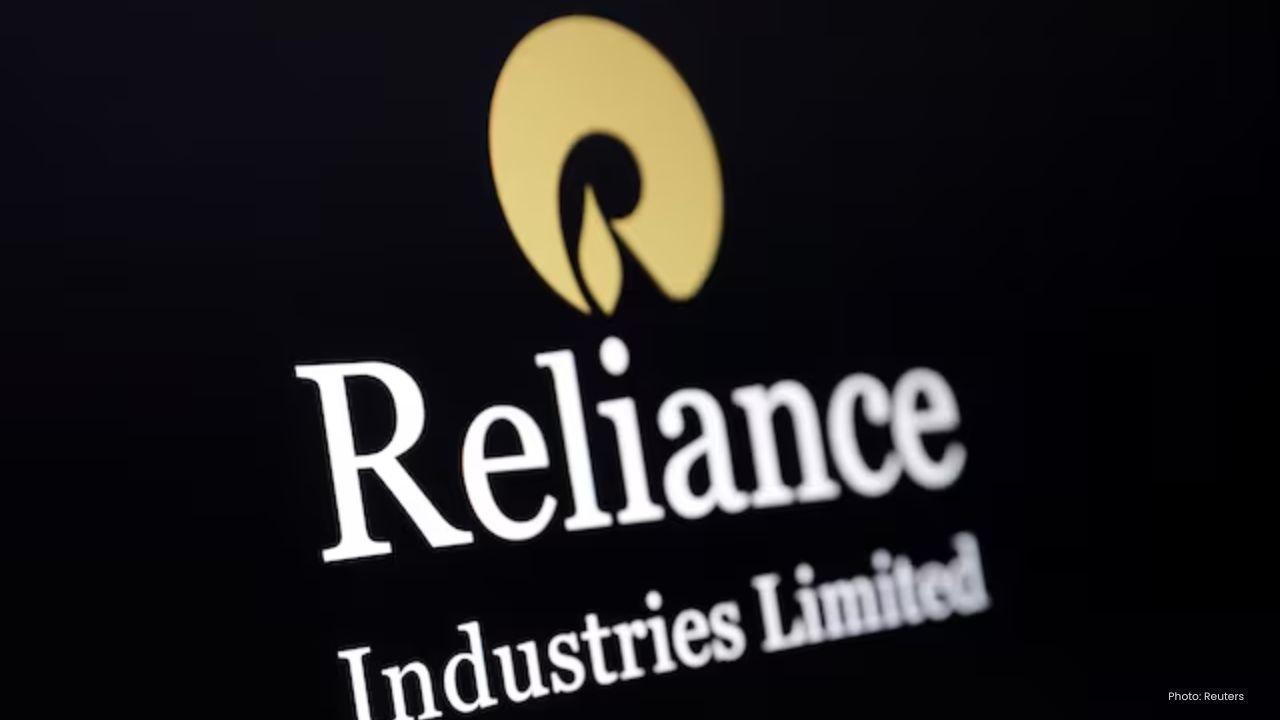
Post by : Abhinav Rana
Photo : X / AA Energy
A Delicate Balancing Act in the Oil Market
Oil prices nudged upward midweek amid renewed geopolitical jitters. A strike targeting Hamas leadership in Qatar heightened fears of supply disruption. At the same time, U.S. political pressure in the form of proposed tariffs on countries importing Russian oil stirred speculation about global supply constraints. Still, despite these alarms, overall market softness prevented any sharp rallies.
A Ripple from the Qatar Strike
News of a military strike in Qatar quickly triggered a spike in oil prices—up nearly 2% in early trading. Markets reacted instinctively, pricing in elevated risks around supply flow. Qatar holds a rare position in the global energy landscape: a relatively small producer but a key hub, a symbolic lightning rod when tensions flare. Oil markets, sensitive to even small disruptions, swiveled toward caution.
US Diplomatic Reassurances Soften the Shock
However, the surge proved short-lived. U.S. officials promptly reassured regional leaders that the strike would not repeat, calming nerves. Prices settled into a modest rise rather than a rush upward. The message was clear: geopolitical news alone isn’t enough without sustained strategy shifts or confirmed supply shocks.
Tariff Talk Adds a Global Jolt
As markets absorbed regional strife, another stir came: U.S. rhetoric advocating 100% tariffs on EU imports from China and India if they continue buying Russian oil. The implication is profound. Target major buyers, and Russian supply chains may shrink, tightening global totals. Yet, seasoned traders noted the added pressure is offset by a balancing act: rising inventories and OPEC+ maintaining production.
OPEC+ Plays Its Hand Carefully
Adding to the mix, the OPEC+ group, including key Middle Eastern producers and Russia, surprised markets with a smaller-than-expected production increase for October. Analysts see this as a deliberate throttle, even amid pressure to supply more. Combine that with uncertain U.S. demand trends, and the outlook turns muddied. Oil markets are once again caught between tightening supply pressures and cautious demand projections.
Inventory Levels and Economic Signals Matter
Beyond geopolitics and rhetoric, inventory data offer grounding indicators. Reports of rising U.S. crude stock levels suggest ample supply buffers remain in place. Meanwhile, whispers of possible Fed-led rate cuts may revive demand. Markets are watching these signals closely. If economic stimulus revives growth, oil could see renewed momentum—but not yet.
A Market Held in Tension, Not Triumph
The current scenario paints a picture of price gains marred by uncertainty. Political shocks, while volatile, often lack immediate follow-through. Tariff threats may shift trade flows, but implementing them could hinder global inflation control. Meanwhile, output strategies from oil cartel members show strategic patience. In short, markets aren’t sure which side to tip toward—fear or resilience.
Consumer Impact: Pocketbook or Pinch?
For those filling tanks, today’s uptick is minor but noticeable. Still, domestic prices typically trail global shifts by weeks. The biggest impact may arrive if disruptions or sanctions deepen. Policymakers and consumers alike will be watching energy bills as an immediate gauge of how this geopolitical stew unfolds.
Forecasting the Unfolding
Looking ahead, headlines will continue to move markets. Whether it’s renewed instability in the Middle East, intervention by OPEC+, or policy decisions over tariffs and inflation, each will play a role. Traders expect sharp moves around shipping disruptions or official sanction rollouts—but they remain wary of quick conclusions, favoring gradual shifts over shockwaves.
Caught Between Risk and Resilience
Oil prices today reflect a market delicately poised between disruption and discipline. A geopolitical spark ignites, but strategic cool-downs and production buffers restrain a surge. In this environment, every headline matters—but so does context. As tensions rise, markets will lean into the next signal: will it tighten or loosen the needle? The answer lies beyond reaction—in the space where policy, supply, and sentiment collide.










Curry Powers Warriors to Nail-Biting 109-108 Victory Against Spurs
Stephen Curry's 49 points propel the Warriors to a dramatic 109-108 NBA Cup triumph over the Spurs,

India Advances to Semi-Finals After Thrashing USA in Women’s Blind T20 World Cup
India secured a dominant ten-wicket victory over the USA, advancing to the semi-finals in the Women’

South Africa's Early Advantage as India Struggles on Day Two
On Day Two, India reached 138-4 as South Africa took three early wickets, complicating matters with

Kenta Nishimoto Defeats Lakshya Sen in Japan Masters Semifinal
Lakshya Sen's journey in the Japan Masters ends after losing to Kenta Nishimoto 19-21, 21-14, 12-21

Kenta Nishimoto Defeats Lakshya Sen in Japan Masters Semifinals
Lakshya Sen's run at the Japan Masters concludes with a loss to Kenta Nishimoto in the semifinals, 1

Major IPL Trade: Jadeja Joins Royals as CSK Signs Samson
In a significant IPL trade, CSK has acquired Sanju Samson from Rajasthan Royals in exchange for Ravi